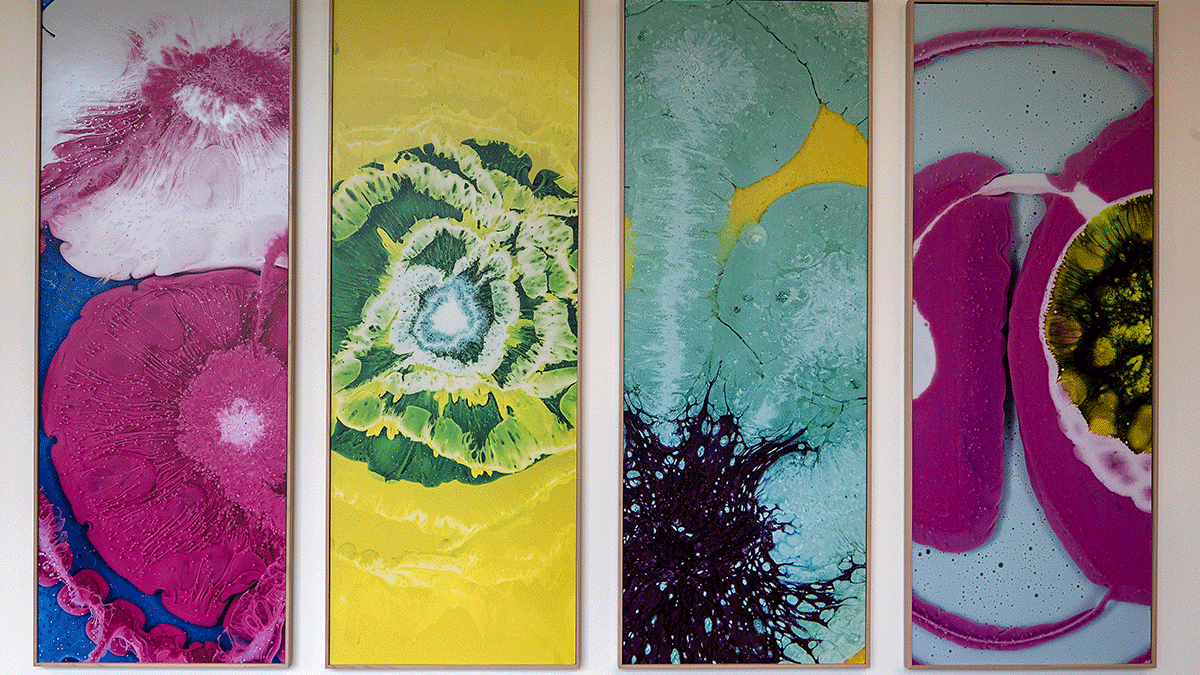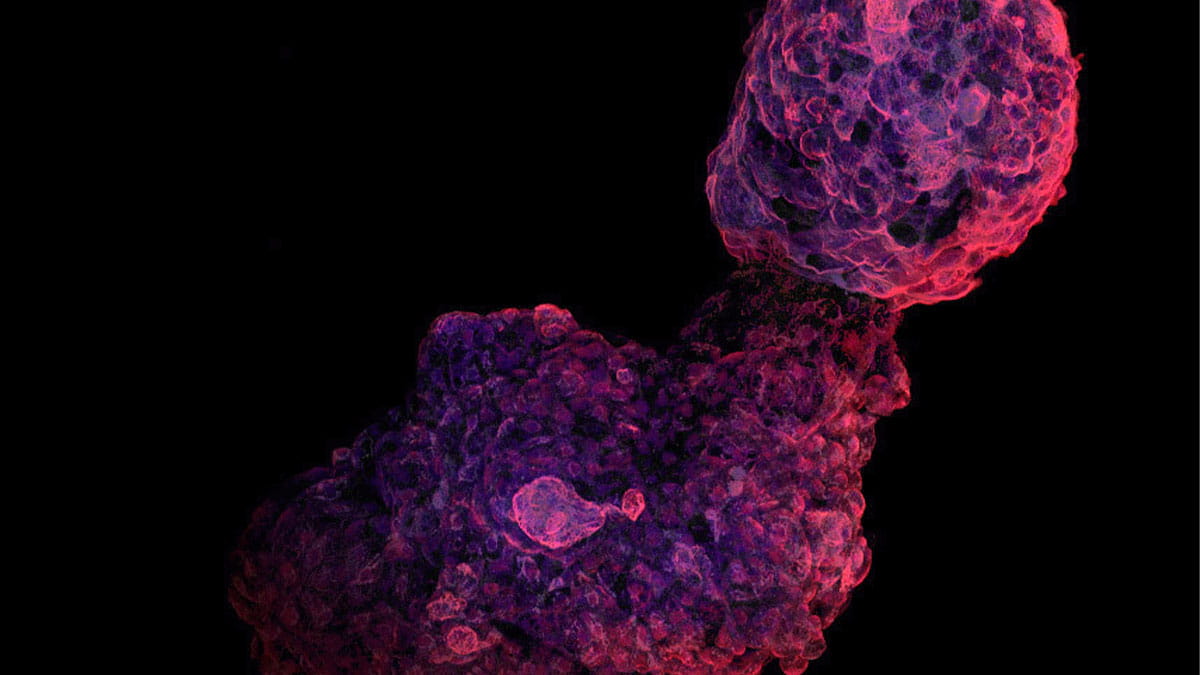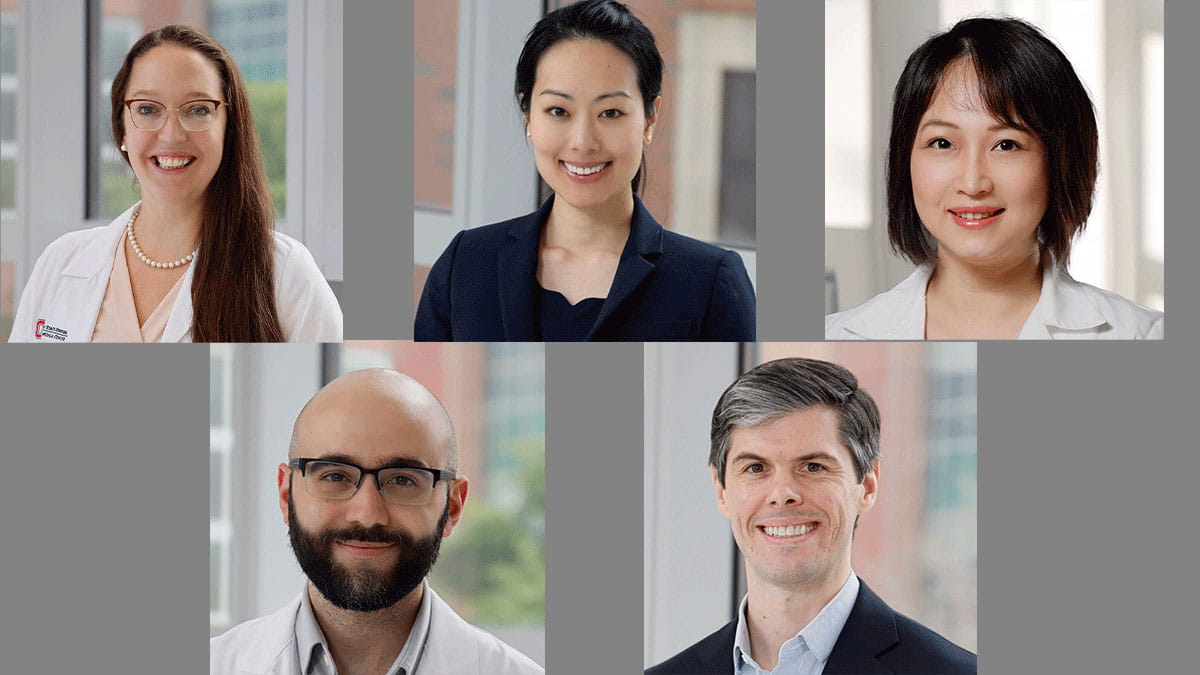Anything is possible: Mantra guides medical student’s education, research and participation in Pelotonia

Anything is possible. This mantra informs how Matthew Marquardt, a third-year medical student at The Ohio State University College of Medicine, lives as a learner and as a professional Ironman triathlete. And it influences his focus on research projects at The Ohio State University Comprehensive Cancer Center – Arthur G. James Cancer Hospital and Richard J. Solove Research Institute (the OSUCCC – James). His daily physical training sessions and research projects honor his commitment to getting closer to one of his main goals — figuring out how to end cancer.
By adding the initials of those in his life who have battled or who have beaten cancer on the side of his race bike, he honors not only the individuals who have directly benefited from revolutionary and targeted treatment methods and therapies but also the researchers and clinicians who have saved countless lives through their work.
He thrives on being a part of an academic institution that is deeply committed to fostering and developing young researchers and raising funds to accelerate cancer research. This innovative space helps him combine his triathlon training with medical school and having a leading role in three different research projects. The first one is in an area he knows well, the surgeon-athlete connection, which he created under the mentorship of Carmen Quatman, MD, PhD, associate professor of Orthopaedics at the Ohio State College of Medicine.
“The idea is to look at how we can translate the lessons related to sports science and human performance and apply those to surgeons in the operating room to improve their performance,” Marquardt says.
Project No. 2 is working with Kyle VanKoevering, MD, associate professor in the Department of Otolaryngology — Head and Neck Surgery at the Ohio State College of Medicine, who also leads the Medical Modeling, Materials and Manufacturing (M4) Lab within The Ohio State University College of Engineering’s Center for Design and Manufacturing Excellence. Researchers in the M4 Lab use 3D printing technologies to improve cancer surgery outcomes. Dr. VanKoevering says that Marquardt’s unique blend of training for Ironman races and his translational science experience has been incredibly valuable as a bridge between the clinicians on the clinical side and all the engineers they have in the lab on the engineering side.
“When you think about how we combine multiple fields, such as the science and art of health care, engineering, and technological innovation, in this lab with one goal of improving patient outcomes, that same multidisciplinary and innovation-first approach is how Matthew tackles his training, equipment and race plans while also balancing the demands of being a medical student.” Dr. VanKoevering says. “
For his third project, Marquardt works with David Cohn, MD, MBA, professor in the Department of Obstetrics and Gynecology in the Division of Gynecologic Oncology and interim CEO of the OSUCCC – James. Together, they explore using continuous glucose monitors to assess whether there are changes in blood glucose regulation during chemotherapy. Dr. Cohn says Marquardt has what it takes to be an exemplary medical student, and believes these same attributes impact his success as a professional athlete.
"He has absolute dedication and can put the blinders on to have a singular focus on expanding the knowledge base about cancer biology,” Dr. Cohn says. “I have never met anybody that is as committed and dedicated and has the capacity and interest and motivations that Matthew does.”
As Marquardt trains, studies and conducts his research daily, he has his eyes set on the Pelotonia ride in August. Over the past 16 years, this fight to end cancer has raised over $309 million in funds for cancer research at OSUCCC – James and continues to create new levels of collaboration, research and discovery. Marquardt says his training for the Ironman pushed him out of his comfort zone and taught him to get comfortable with the uncomfortable. It also took him to a new level he didn’t know existed.
“Triathlon is too hard of a sport to do only by yourself,” Marquardt says. “So is battling cancer. There is incredible power in tackling challenges with others and having a purpose beyond oneself that can positively impact the lives of others.”



